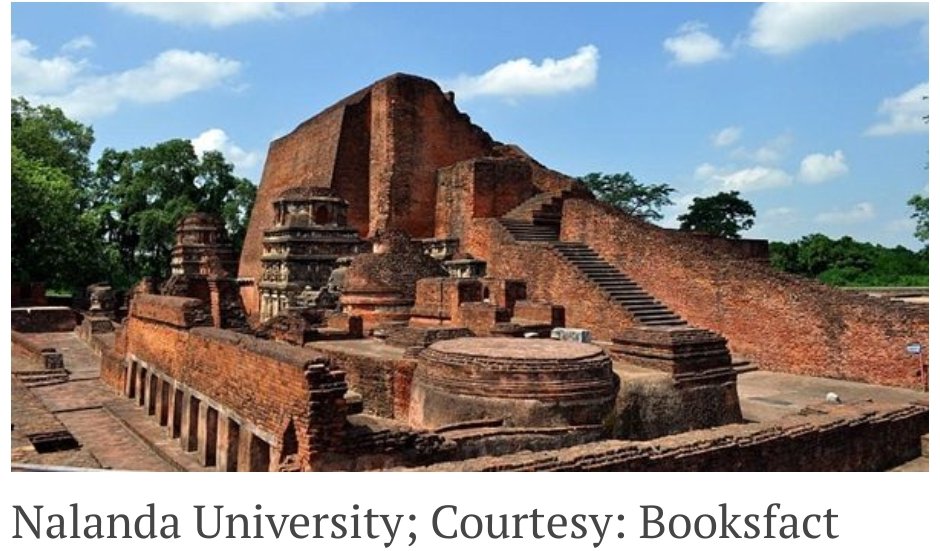
A product which provides a fixed income which is better than FD & an upside like equity.
Should you invest in Real Estate Investment Trusts (REITs)?
A Thread 🧵👇


In listed REITs, Most of the completed properties are pre-leased to big companies.
Why no residential? As yields of 1-3% make them unattractive to investors.
REITs have to distribute at least 90% of their taxable income to their shareholders.
Both listed REITs trade at 6-7% dividend yield (which is also tax-free)
What about debt then? There's a restriction there too.
Not more than 49% of the total equity.
REITs are traded on the exchange (like stocks). Yes, Instant liquidity in a very illiquid product (Bulky Commercial Real Estate)
An investor can take part by buying 200 units at a time (60-70k rupees)
Under the current structure, Dividends remain tax-free (6-7% yields vs pre-tax FD yield of 5%)
On capital gains, while selling your units:
STCG of 15% on gains (if sold in less than 3 years)
LTCG of 10% on gains (if sold after 3 years)
US REITs have 5 decades of history behind them & they have continued to outperform the broader equity markets
Interesting fact: US has 194 listed REITs with a combined market cap of $1.3Trillion

This leaves an upside potential once contracts expire.
Moreover, REITs have contractual escalations of 10-15% every 3-5 years.
Directly buying RE? Get ready for 👇
- Huge Ticket Size (vs limited capital)
- Hassle of managing operational cost
- No valid data source
- Illiquid investment with high transaction costs
- Committed Occupancy & collections efficiency (higher the better)
- Weighted Average Lease Expiry (WALE)
- Sector Concentration (lesser the better) & Quality of tenants
- Healthy Balance Sheet
- Upcoming portfolio

No (in the context of India)
- Rents are a fraction of global rents
- Indian Outsourcing is a big opportunity given the resilience & performance in COVID
- Young Population needs direction via physical interactions.
Commercial RE supply is hit, especially for Single Building Projects, Speculative construction, Strata Title assets
Most are facing a cash crunch
Great for future rent scenario, if demand increases
- Slowdown in Commercial RE (follow vacancies)
- Oversupply: Renegotiation at lower rates
- Concentration risks (tenant & location wise)
- Difference b/w REIT yield & FD rate
- Broader stock market movements will have an impact on unit price
More from JST Investments
RT if this adds value to your investing journey.

1/ Chemcon: A specialty chemical company that is a globally dominant player in its molecules, most of which go into the Pharmaceutical industry & have a high criticality attached to
Chemcon Speciality Chemicals: Business Analysis \U0001f9ec
— JST Investments (@JstInvestments) March 15, 2022
A Thread on this Import substitution play \U0001f9f5\U0001f447(RT if beneficial) pic.twitter.com/YU7aoQ8ibC
2/ Aegis Logistics: An oil & gas logistics company, with a stronghold on the LPG supply chain & riding the tailwinds of increased exports owning to weak domestic production. Their fight to grow much larger is on, short-term demand problems
Aegis Logistics business analysis \u26fd\ufe0f (RT if beneficial)
— JST Investments (@JstInvestments) March 4, 2022
A PSU to Private play.
A Thread \U0001f9f5\U0001f447
3/ Varroc Engineering: An auto ancillary company that has propelled down under its own enterprising projects fueled by a ton of debt. Will the fortunes ever illuminate for this significant participant of the global automobile
Varroc Engineering: Business Analysis \U0001fa94
— JST Investments (@JstInvestments) December 22, 2021
2nd largest Indian auto ancillary company.
Hit the 'retweet' for max reach
A Thread \U0001f9f5\U0001f447 pic.twitter.com/Es86oTDoek
4/ Jubilant Ingrevia: A specialty chemical company that has redefined backward integration as it begins from the basic chemicals to achieving complex vitamins & many more. Their fight to outgrow commoditized parts of the business goes
Jubilant Ingrevia Business Analysis \U0001f331
— JST Investments (@JstInvestments) March 10, 2022
Ingrevia = \u201cIngre\u201d denoting Ingredients & \u201cvie\u201d in French meaning Life, ie. Ingredients for Life
A Thread \U0001f9f5\U0001f447 (RT if beneficial) pic.twitter.com/QmKpr9HFI7
More from Economy
But here are some issues that deserve to be better discussed by all:
WTO backed by Western countries have always wanted to dismantle support systems for farmers in developing countries including India while pumping in federal payments to its farmers. Trump gave 46 billion dollars in 2020 alone to US farmers. pic.twitter.com/0V34ZQQq4J
— Ranveer Singh (@ranveersiiingh) February 4, 2021
1. People who say we are emulating the Western model of agriculture are way off with this assumption. The process of primitive accumulation, the alienation of their people from their land and the way these 'first-world' countries have pushed their people into Industrial sector +
+ was a merciless phase.
But the same assumption won't work for India, because we have always had a large workforce in agriculture, agri subsidies have always run high, protection has been the hallmark of agriculture and rural representation in the parliament has always been+
+ high. Still, it is our utter failure from the beginning that we have not been able to incentivize the movement of our people to other lucrative sectors.
2. This brings us to the another point of providing MSP on all the commodities and the demand side of the issue that we+
+ conveniently ignore. Here's the thing, Food prices in India have about 65-70% weight in calculating the Consumer Price Index and 25-30% of wholesale price index. These indices affect the general price level in the economy i.e. the inflation. If MSP is offered on all the+


































